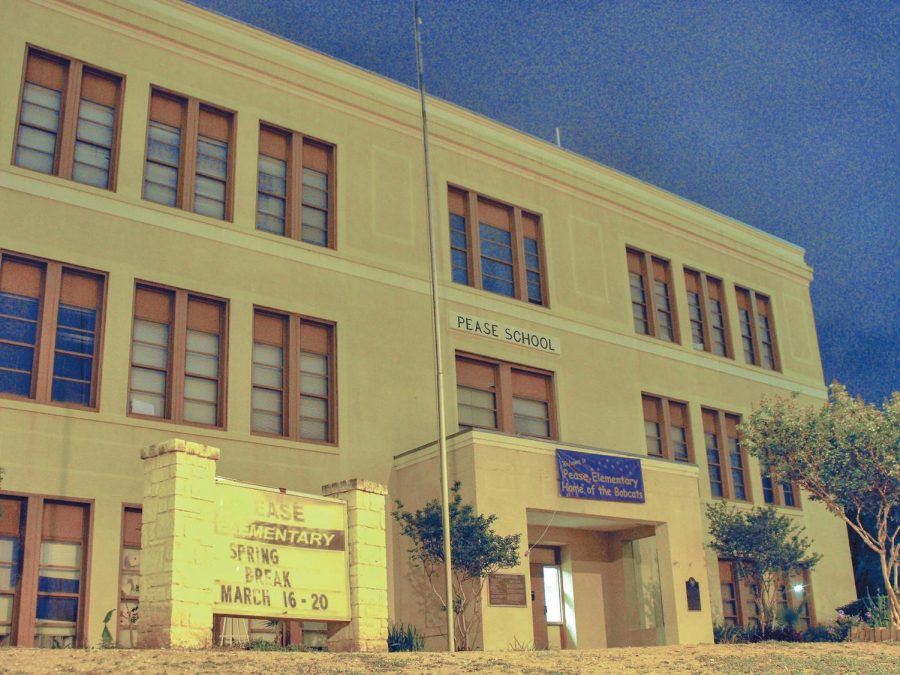Austin ISD to close schools following multi-million dollar budget deficit
The talk of school closures has received backlash from communities with under-enrolled schools
The Austin Independent School District’s Board of Trustees has approved the “Reinvention Roadmap,” a plan that will consolidate public campuses beginning in August 2020.
On Feb. 26, AISD announced after a brief pushback that it would be moving forward with hiring an equity officer to determine which schools would be facing closure. According to superintendent Paul Cruz, AISD has three main priorities in this matter: move at an “exemplary” level; have all students reading at their grade level by the time they are in the third grade; and to increase teachers’ salaries as well.
AISD has been postponing enforcing any school closures, but the anticipated $60 million shortage in the 2019-20 fiscal year budget has put an end to the hesitation.
The “Reinvention Roadmap” will involve shutting down district campuses and revamping them into ‘improved learning facilities.’ The plan is still in phase II, defining the program’s goal and identifying the necessary process to achieve this goal.
However, the district’s plan is to begin project developments as early as October of this year. Construction of these new campuses will then begin in June 2020, leaving little more than a year to plan and convene with community members and district officials.
The talk of school closures has received backlash from communities with under-enrolled schools, however public meetings held that discussed the limited budget and possible closures were not well attended.
Despite Austin’s rising population, AISD enrollment declined by 1,574 students in 2018. Part of this decline stems from the rising property taxes and the fact that the majority of new Austin residents tend to be single, young adults without kids.
The formula used to determine the amount of money the state provides each school depends on the number of students that attend. Schools with fewer enrollments receive less state funding and are required to put forth more property tax revenue.
Chandra Villanueva from the Center of Public Policies Priorities, an independent public policy organization, broke down Austin’s annual district budget. More than 50 percent of the school’s budget comes from local property tax revenue.
The state of Texas contributes 37.5 percent and the remainder of the budget comes from recapture funds, revenue given to the state by districts with higher property values to be redistributed to districts with lower property values, according to Villanueva. This serves to ensure equity between districts.
Since most of the school funding comes from property taxes, there is a disparity between neighborhoods. Recapture funds are an attempt to close the disparity between wealthier and poorer neighborhoods.
According to AISD, the expenditures per student continues to increase despite the lack of enrollment especially due to these recapture payments which continue to increase depending on the home values in each neighborhood.
The amount of money needed to provide high-quality education per student is no longer accurately estimated by the state, as more districts are being considered “property-wealthy” and required to make recapture payments though they can hardly afford their own expenses, Villanueva said.
AISD has not yet stated which schools will be closed. Schools will be evaluated by their facility’s condition, education suitability, assessment scores, enrollment and programs offered when making this decision.







